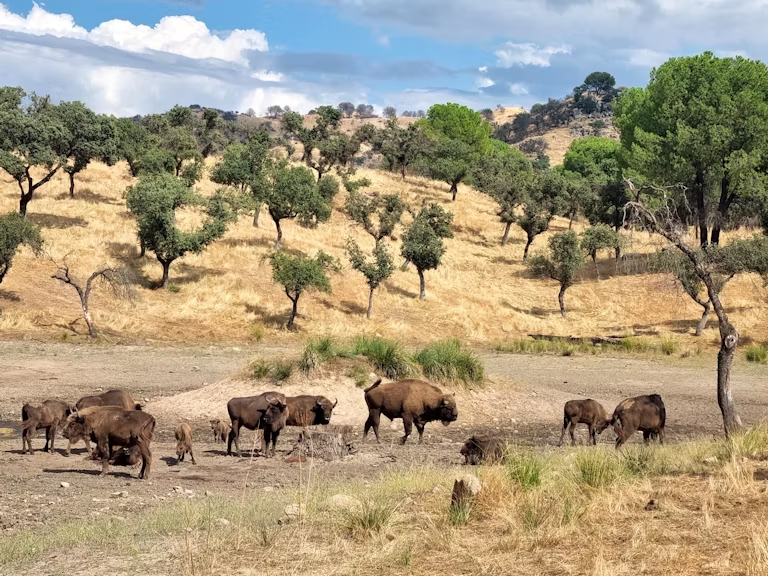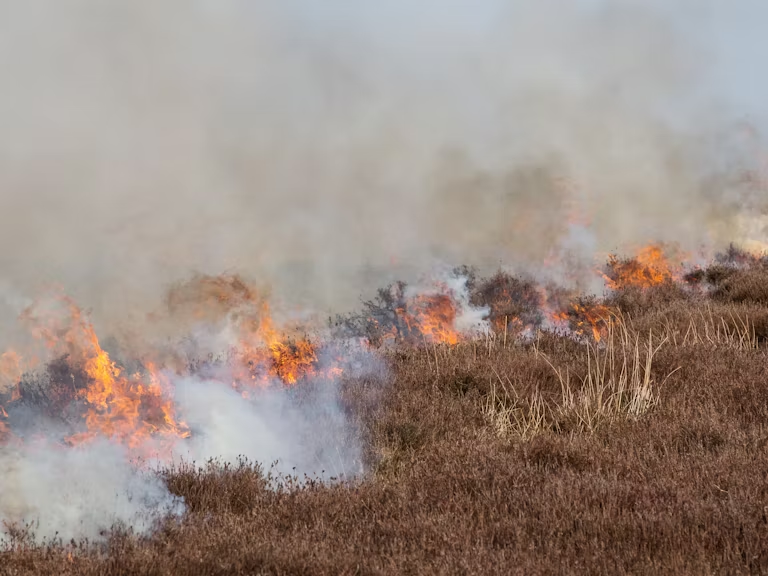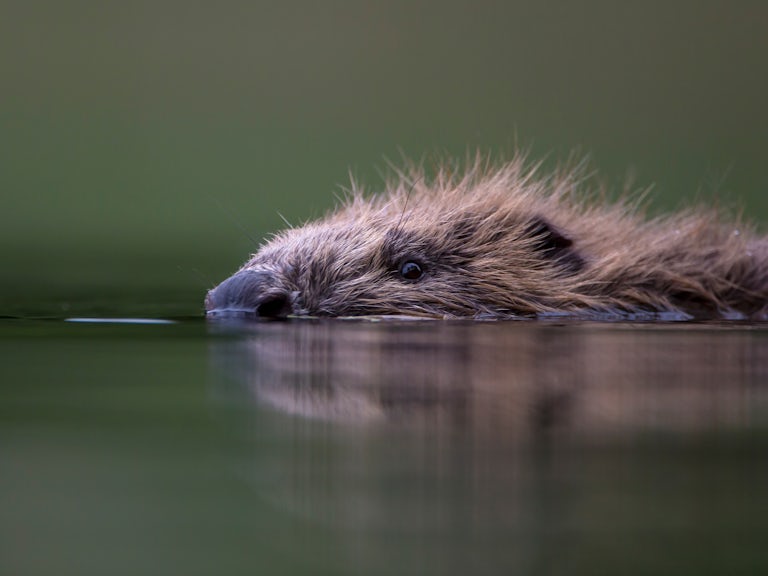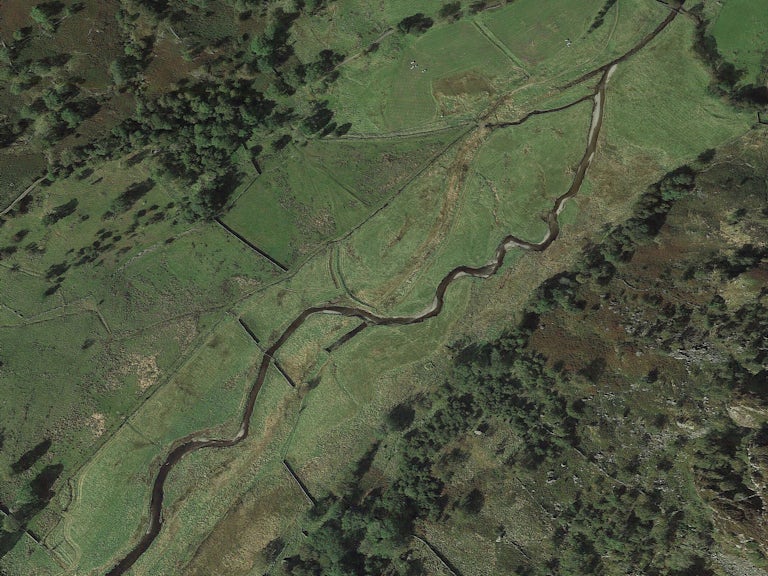Beavers: getting ready to make a return from extinction
After centuries of absence, beavers are set to return to the Norfolk countryside this spring thanks to the pioneering work of Wild Ken Hill.
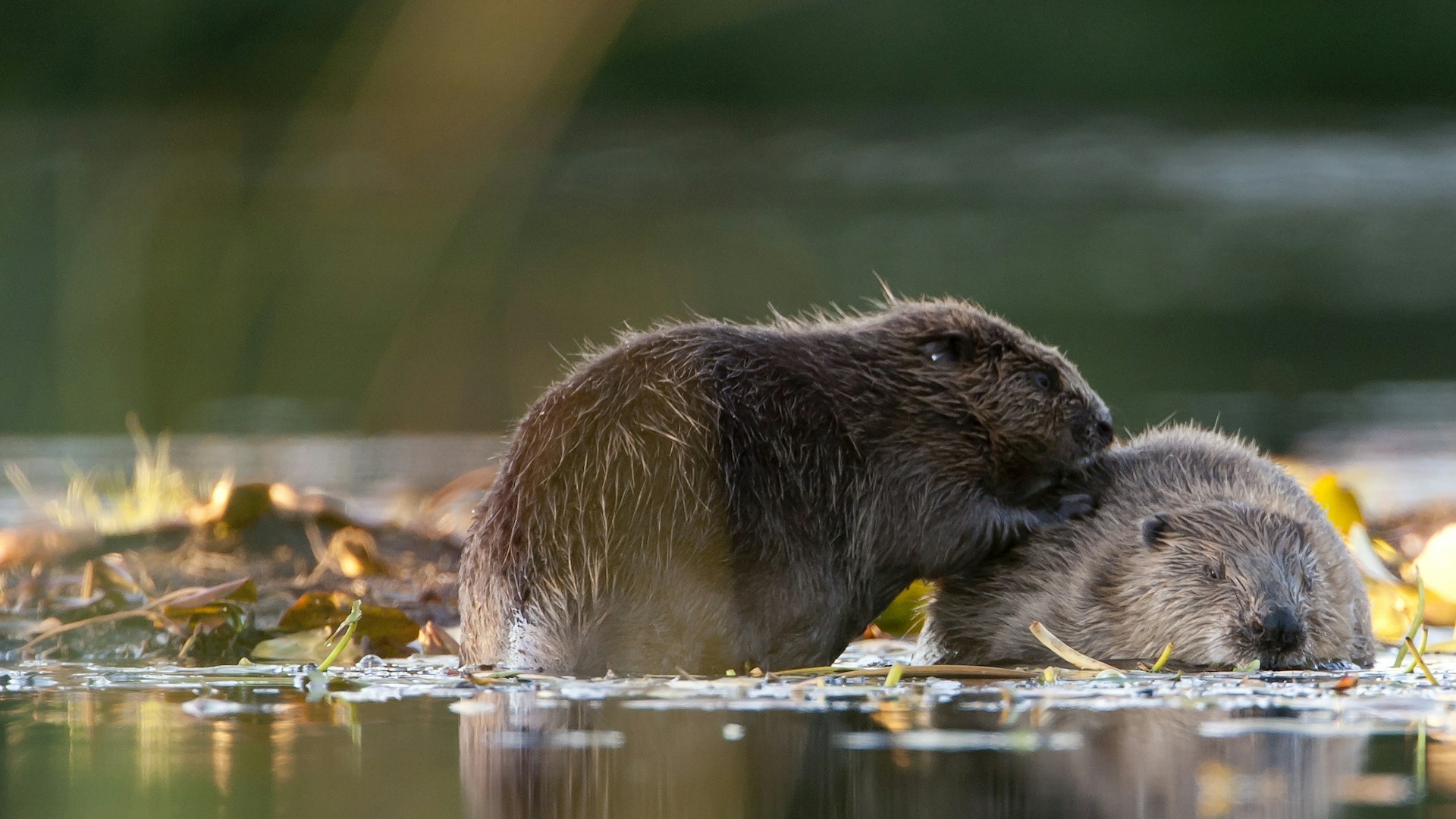
Published 21/05/2020
Once a thriving species across the English countryside, beavers were hunted to extinction in the 17th century, and itтАЩs thought they were last seen in Norfolk much earlier than that. They were hunted mainly for their fur, which was often used to make hats, coats and gloves, but also for their meat. In the 17th century Catholic church leaders ruled that the beaver was a fish (itтАЩs actually a semi-aquatic mammal) so people giving up meat for Lent could continue to eat it.
Today we understand much more about the true nature of beavers, and their importance to the ecosystem as a keystone species тАУ a species that even in small numbers has a huge effect on its surroundings.
тАЬThere are lots of keystone species, but beavers are particularly famous because of their engineering abilities,тАЭ says Dominic Buscall, project manager at Wild Ken Hill. тАЛтАЬThey can create entire ecosystems in the space of 24 hours by damming up and building channels in rivers and streams.тАЭ
ThatтАЩs why beavers are being reintroduced to England in a number of places, thanks to conservation projects. Reintroducing beavers to the Ken Hill Estate тАУ a 4,000-acre estate near Snettisham тАУ is a key part of the Wild Ken Hill project. The project aims to return 1,500 acres of the estate to a natural state тАУ known as тАЛтАШrewildingтАЩ.
Dominic and farm manager Nick have been working hard on the project since 2018 and have already seen dramatic results.
тАЬIтАЩd heard of the concept of rewilding, but I wasnтАЩt hugely familiar with it,тАЭ says Dominic.
Learning from experience
During 2018, the Ken Hill Estate team were approached by Natural England тАУ an organisation thatтАЩs part of Defra and helps landowners across the country develop conservation schemes.
тАЬThey invited us to meet Alastair Driver, director of ║┌┴╧╒¤─▄┴┐, and Charlie Burrell who runs Knepp Castle Estate in West Sussex,тАЭ says Dominic. тАЛтАЬKnepp Castle Estate started rewilding their whole farm in 2001, and itтАЩs incredible what theyтАЩve done in terms of results for wildlife. They both made a very compelling presentation on the benefits of rewilding land.тАЭ
Rewilding is the large-scale restoration of ecosystems where nature can take care of itself. It seeks to reinstate natural processes and, where appropriate, missing species тАУ allowing them to shape the landscape and the habitats within. And action is urgently needed: some 56% of species in the UK are in decline and 15% are threatened with extinction. ThatтАЩs where the beavers come in. As a keystone species, their presence benefits their habitat in lots of ways.
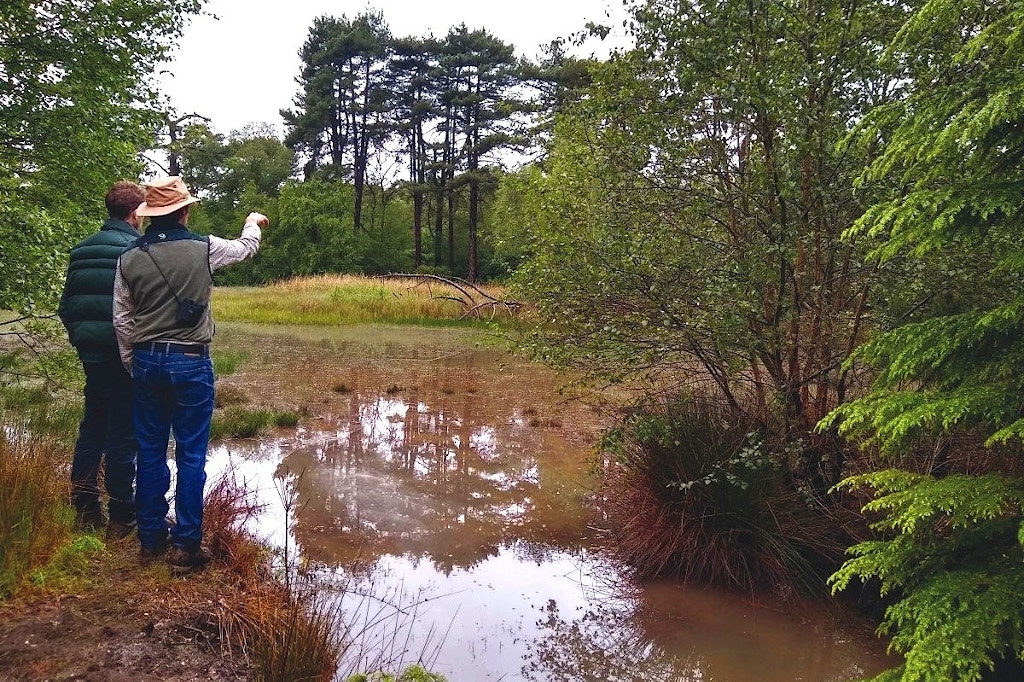
Ecological engineers
тАЬThe dams built by beavers slow down the flow of water and act as a filter,тАЭ explains Dominic. тАЛтАЬThis means water quality improves, and more of it stays in the land, creating a larger wetland: thatтАЩs good for species like aquatic invertebrates and birds. Typically, youтАЩll see a big increase in insects where beavers are, so bats, non-aquatic birds, otters and water voles all benefit.тАЭ
Once the Wild Ken Hill team had the idea and identified a perfect piece of land, they applied to Natural England for a licence to reintroduce beavers. тАЛтАЬThe piece of land weтАЩre putting the beavers in is a very wet area of woodland,тАЭ says Dominic. тАЛтАЬIt was probably drained in the 1940s or 50s. On maps from 250 years ago itтАЩs just called тАЛтАШThe FenтАЩ, so weтАЩre returning it to what it used to be. We had leading experts in from Exeter University and theyтАЩve done some modelling and said itтАЩs the perfect habitat for beavers. WeтАЩve talked to our parish councils, other landowners and farmers and local residents, and theyтАЩre all really happy with our choice.тАЭ
Next steps
The next step was to construct an enclosure to keep the beavers safe. тАЛтАЬThe experts we consulted gave us a тАЛтАШbeaver-proofтАЩ specification,тАЭ says Dominic. тАЛтАЬItтАЩs about a 2km perimeter fence, buried about a foot into the ground, with significant metal grilles on any culvert thatтАЩs going in or out of the enclosure. It took us about a month.тАЭ
After being trapped by a licensed professional in Scotland where they live successfully outside of enclosures, two families of beavers will be released into this newly-built habitat. Two family groups of two adults and up to four offspring will live in the enclosure about 300m apart.
тАЬOnce theyтАЩre released into the enclosure we donтАЩt expect to see them that often, because theyтАЩre quite elusive animals,тАЭ says Dominic. тАЛтАЬBut weтАЩll have motion-detecting cameras set up, and the beavers could be radio-tagged, and several times a week weтАЩll do a walk of the perimeter to check on their welfare.тАЭ
Future prospects
тАЬWe hope our project, along with others across England, can help beavers live wild and be reclassified as a native species,тАЭ says Dominic. тАЛтАЬTheyтАЩre currently listed as non-native species, which is crazy. In the short term, we want this project to open up this piece of land to the local community тАУ thatтАЩs a really exciting part of it.тАЭ
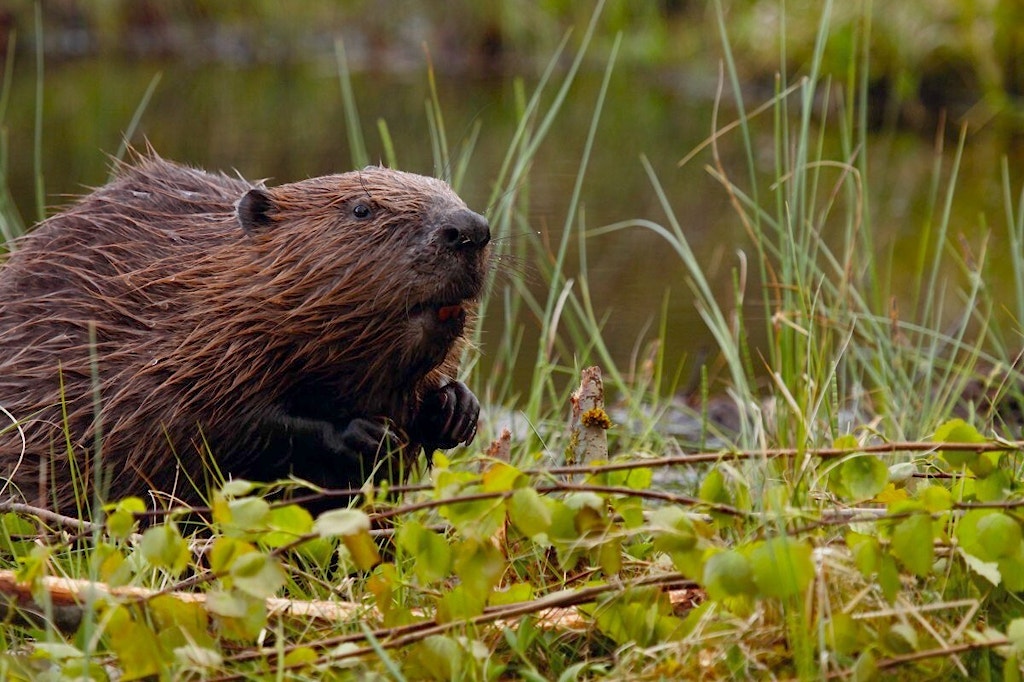
Find out more about .
This article was originally published in the March 2020 issue of .
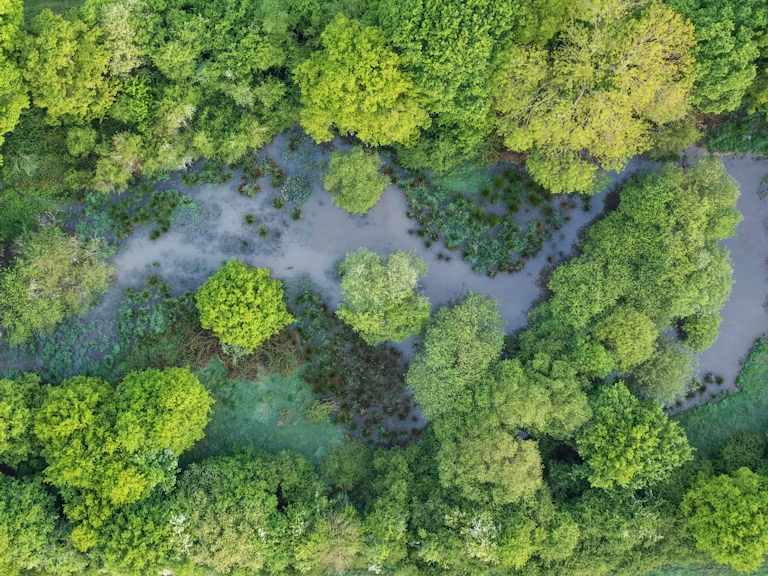
Explore our Rewilding Manifesto
We need UK Government to Think Big and Act Wild for nature, people and planet.
Learn more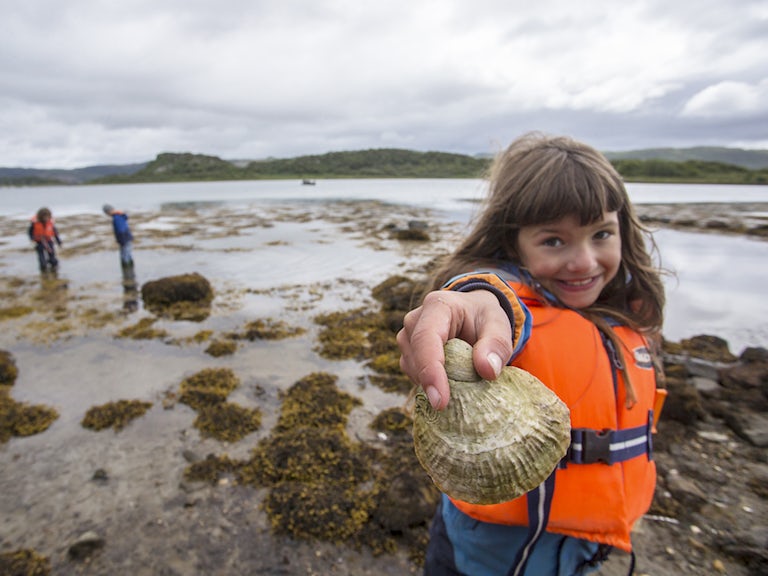
Our vision
We have big ambitions. Find out what weтАЩve set out to achieve through rewilding.
Our 2025-2030 strategy
